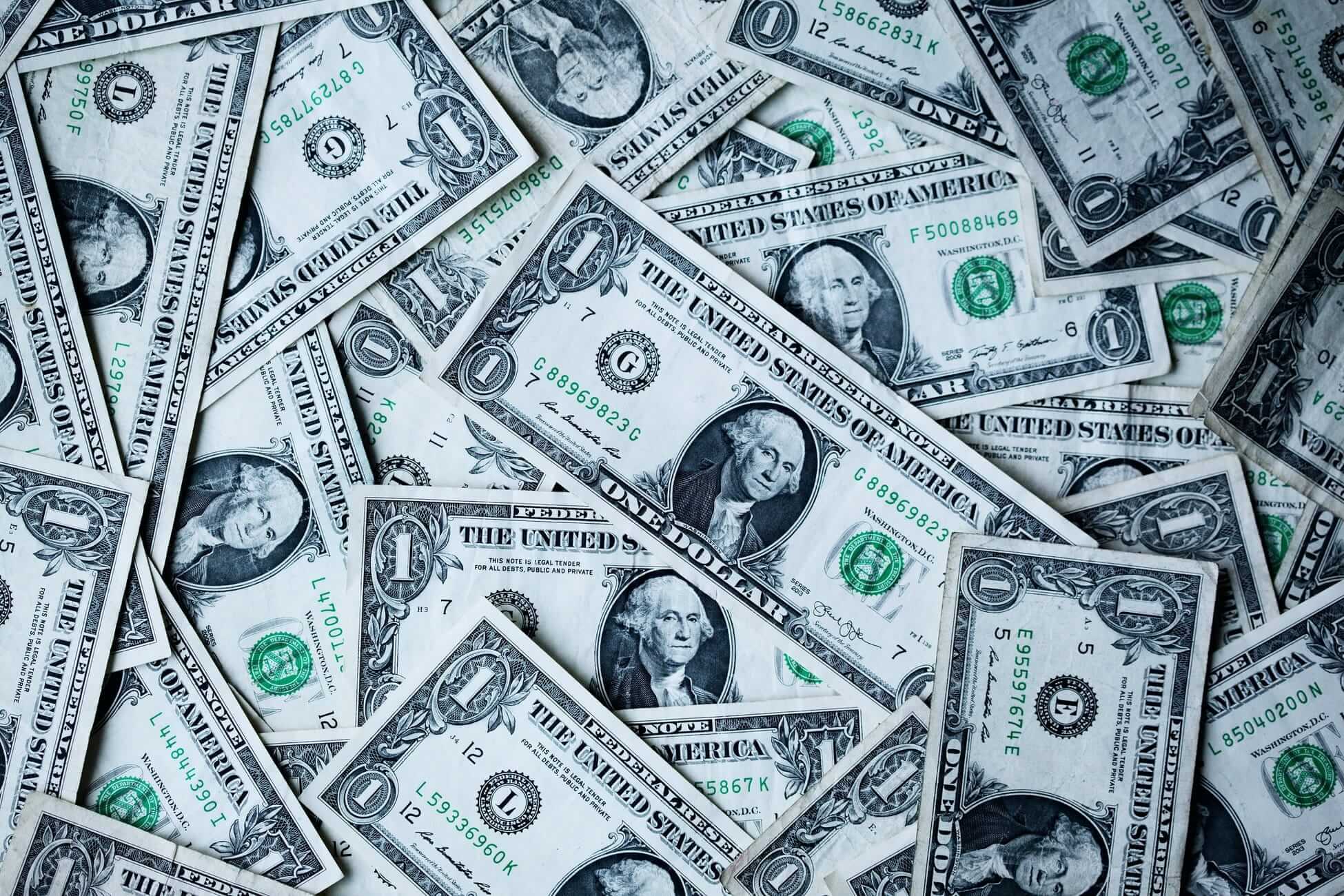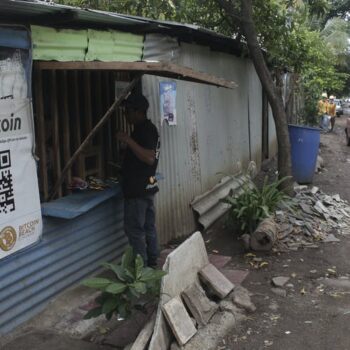When economies tank, the market usually tanks along with it. Except this time, that hasn’t happened. After plummeting in March, the Dow Jones, the S&P, and the NASDAQ have completely recovered.
Meanwhile, back in the real world, COVID cases keep soaring, and U.S. unemployment is still sky-high. And, according to experts, the expiry of coronavirus benefits could send jobless numbers back up in the coming months.
2020 has defied reality. Given everything we’ve been through so far, though, the performance of this market – it fits.
Despite every indication to the contrary, the market keeps outperforming expectations. Is there something the average investor is missing? Or, like Wile E. Coyote, have traders already overran the cliff edge?
The Markets Reacted “Normally” To COVID – At First, That Is
Most experts expected the economy to slip into recession in 2020. Nobody expected it would happen like this. Let’s rewind time to January.
Three days into the new year, we almost got into another war in the Middle East. At the same time, the entirety of Australia was on fire. Both masked the biggest crisis of all – the uncontrolled global spread of COVID-19.
By the time January was over, the coronavirus had escaped China. South Korea, Iran, and Italy were reporting imported cases. As February unfolded, concern deepened as more countries reported their first cases. By month end, hordes of infected patients swamped Italian hospitals, and deaths were mounting.
By March 9th, Italy announced a nationwide lockdown. Spain followed suit on March 14th. In North America, sports leagues shut down around the same time. Markets, already in selloff mode, went into a blind panic. From March 4th to March 23rd, the Dow Jones, the S&P, and the NASDAQ plunged 31%, 28%, and 24% respectively.
The sheer terror investors were feeling was entirely logical – the whole WORLD was locking down. Unemployment was set to skyrocket, nobody was spending money, and specific industries (like travel) were effectively doomed.
At the bottom of March 2020 markets, Great Depression-esque losses were within sight…
And Then, The Fed Made the Money Printer Go “Brrrr…”
Someone had to do something. If the establishment didn’t take dramatic action – and fast – cascading bank failures were likely to occur. And so, the Federal Reserve turned on their magical money machine.
Results weren’t immediate. The Fed started purchasing T-Bills, notes, and other securities on March 12th. Traders kept running for the exits. But, as the Federal Reserve continued to buy up assets, institutional investors realized something – the Fed wasn’t going to let them fail.
In all, the Federal Reserve pumped $2.3 trillion into the markets. Soon after, traders began to scoop up bargains. By May, the NASDAQ made back all its losses. The S&P recovered by June. And the Dow Jones was back on its feet by August.
Bored Americans Got In On The Action
The Great Stock Market Recovery of 2020 wasn’t all about investors and The Fed – everyday Americans also played their part. As the economy fell apart, Congress passed the CARES Act.
This act provided economic assistance in various ways. For starters, most Americans got a check for $1,200. Many small business owners got PPP loans – some as big as $10 million. And, Americans on unemployment got a $600 supplemental atop their usual benefits.
There was just one problem – stay-at-home orders had most Americans locked down. Consequently, they couldn’t spend their stimulus check at their favourite restaurant or the mall. All this money was piling up in checking accounts and had nowhere to go.
However, as stock prices rebounded, financial pundits crowed about once-in-a-lifetime buying opportunities. Blue chips were on sale, they shouted. So, with nothing else to do but watch Tiger King, bored citizens jumped into the markets head-first.
After checking out resources like insiderfinancial.com, they started deploying their capital. As they did, their decisions manifested in curious ways. For instance, Hertz Rent-A-Car, ravaged by pandemic restrictions, had filed for Chapter 11 Bankruptcy in May, sending shares down to just $0.56.
Unaware of Hertz’s troubles, retail investors piled into the stock, causing it to soar over 900% to $5.53. Sadly, that play didn’t work out in the end – at press time, HTZ was hovering around $1.44.
Are We In A V-Shaped Recovery?
By all appearances, things aren’t nearly as gloomy as they were last Spring. The national unemployment rate, which peaked at 14.7% in April, snapped back to 8.4% in August. GDP, which contracted at an annualized rate of 32.9%, is forecast to rebound by about 20% in Q3 2020.
Amid all this news, stocks on all three exchanges have risen upwards in an unbroken line. So, are we experiencing a V-shaped recovery?
It depends. For the stock market, absolutely: The Federal Reserve has backstopped the exchanges – they won’t let them fail. In terms of jobs and overall economic output, it’s a mixed picture. Manufacturing is rebounding nicely – durable good orders were up 11.2% in August.
However, travel, recreation, hospitality, and other service businesses are still sputtering. And, while the unemployment rate is falling, we’re still recording gross job losses of over one million per week. So, while America recorded a net gain of 1.4 million jobs in August, volatility remains high.
Buckle Your Seat Belt – It’s About To Get Real
Heading into the fall, uncertainty reigns. Economic stimulus measures are expiring. Colder weather could lead to a much-feared second wave. And with the 2020 election pending, a fresh round of civil unrest could further hurt economic growth.
Long story short – there is still a ton of question marks out there. So, stay nimble & informed, and don’t invest with cash you can’t afford to lose. Stay healthy and safe!
About the Author
This article was written by produced by James Daniels, an enthusiat who follows macro financial markets.





























